Lonely castle stands out in the desert
Qasr a Farid means "lonely castle", as the Arabs call it because it is the largest and completely isolated tomb in a complex of dozens of tombs located in the middle of the desert.
Qasr a Farid Castle is located in Mada'in Saleh, an ancient pre-Islamic city in northern Saudi Arabia, about 1,400 km north of the capital, Riyadh.
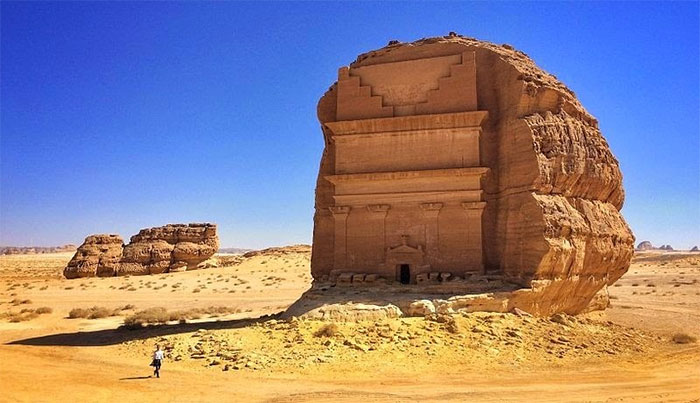
Qasr a Farid Castle.
The castle is strategically located on one of the most important ancient trade routes, connecting the southern part of the Arabian Peninsula as well as the major economic and cultural centers of Mesopotamia, Syria and Egypt. .
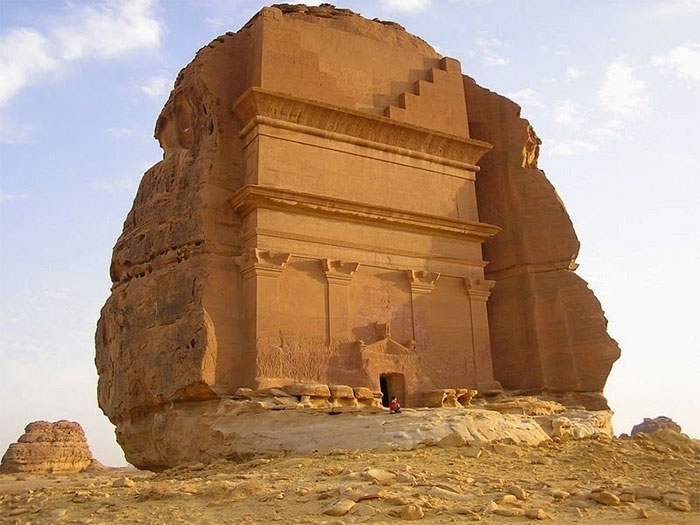
The castle was carved from a single rock around the first century AD.
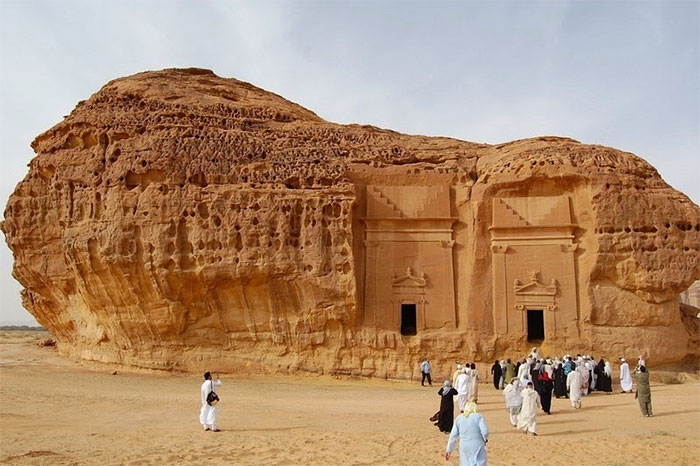
The lonely castle stands out in the middle of the desert intact after thousands of years.
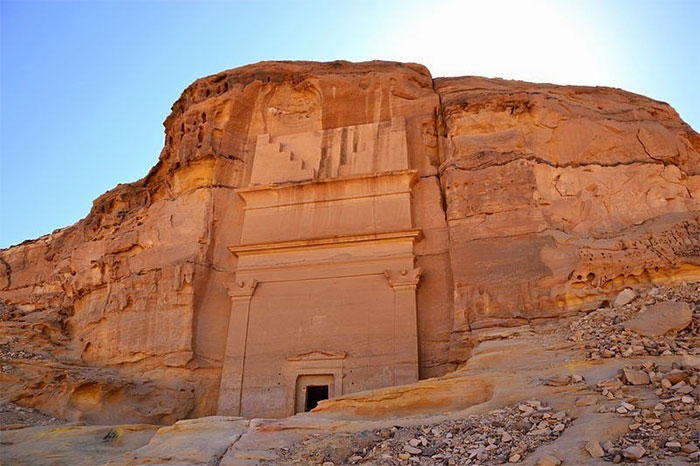
Lonely tombs tomb was recognized as a United Nations heritage site in 2008.
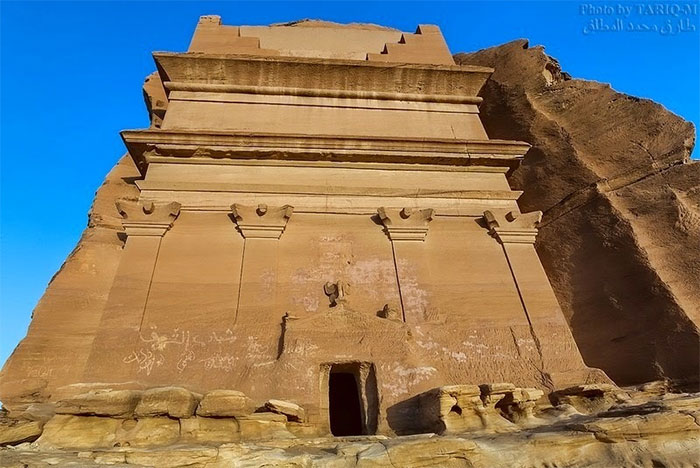
The striking castle in the desert is no longer lonely now as more tourists come to visit.
Mada'in Saleh is considered one of the most important and oldest ancient cities, also the second largest city of the Nabateans that ruled in the first century AD.
Today, Mada'in Saleh becomes an important archaeological site with majestic ruins. The best of the most iconic ruins of Mada'in Saleh is Qasr al-Farid.
In 2008, Mada'in Saleh became the first National Heritage Site and UNESCO World Heritage Site in Saudi Arabia. It is a testament to the Post-Ancient period, especially dozens of monumental and elaborate cutting stone structures with decorative facades that illustrate the development of the Kingdom of Nabatea.
Four-story Qasr al-Farid castle is actually an old tomb. The reason it became famous because the entire castle block was carved from a single rock around the first century AD.
Qasr al-Farid is just one of ninety monumental tombs carved here during the Nabataeans' golden age. With the climate and weather of the sunny desert, the ancient tomb wind seems to have remained intact even over a period of 2,000 years. The huge tomb size is a symbol of the social status of the deceased.
- Story of the most lonely acacia tree on the planet
- Difficult mystery story in Edinburgh castle
- What is the most lonely human being?
- Visit the world's most beautiful castles
- Secretly discovered in the medieval castle
- In the loneliest place in the world
- 8 countries 'most lonely' in the world
- The strange banana species in the middle of Xuan Son forest is still alone, finishing and killing itself
- The most exotic deserts in the world
- The room places the throne in the ruins of an old castle
- The largest desert - desert in the world (1)
- The most lonely bird on the planet is dead
 'Fine laughs' - Scary and painful torture in ancient times
'Fine laughs' - Scary and painful torture in ancient times The sequence of numbers 142857 of the Egyptian pyramids is known as the strangest number in the world - Why?
The sequence of numbers 142857 of the Egyptian pyramids is known as the strangest number in the world - Why? History of the iron
History of the iron What is alum?
What is alum?